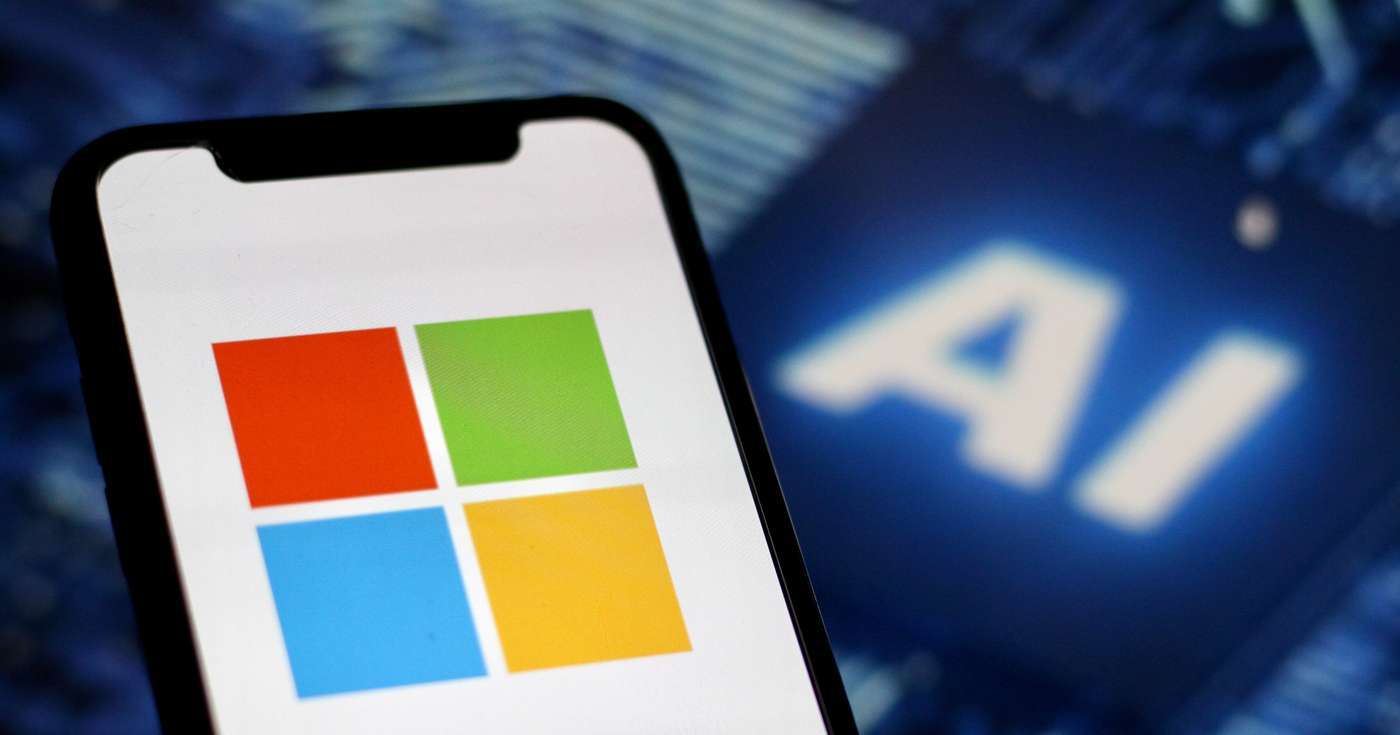
Executive Summary
- At its annual developer conference, Microsoft Build, in May 2024, Microsoft announced a new Windows 11 feature called “Recall”.
- Recall is part of Copilot+, which itself is a new software platform which enables a host of AI features on Windows 11 PCs with dedicated hardware.
- Recall works by taking a screenshot of your PC every few seconds and stores them on your device so they’re searchable any time. It’s like a time machine for your computer.
- Recall has caused some controversy because it records everything you do on your computer. That means passwords, bank details, your documents…everything. Recall was initially turned on by default but Microsoft has since reverted this decision.
Introduction
The AI revolution has brought with it many amazing things.
ChatGPT, which can answer pretty much any question you throw at it; the DALL-E image models, which will generate unique art in seconds, and more. But not all AI features are created equal-and this is certainly the case for Microsoft Recall.
It’s an AI-powered tool for Windows 11 which makes it possible to revisit anything you’ve done on your computer. And we mean anything.
For some people, this is a bridge too far, but is Recall really worth all the fuss it’s been causing?
What is Microsoft Recall?
Announced in May 2024 at Microsoft’s annual Build developer conference, Microsoft Recall is an AI-powered tool which gives you access to an explorable history for your Windows 11 computer.
As you work on your PC, Recall will take snapshots every few seconds, encrypt, then save them to a local database which becomes searchable using natural language (think ChatGPT style conversations). Recall can recognise images, text, and video on your screen, then give you the ability to search for it later without having to sift through your browser or file history.
Microsoft gives a few examples of their own, such as remembering the name of a restaurant your friend mentioned in a chat, or revisiting a pizza recipe you saw at lunchtime.
To use Recall once enabled, you’ll find an icon on your taskbar or you can use the shortcut Windows key + J.
What is the Copilot+ PC platform?
At the same time as announcing Recall, Microsoft also announced a new hardware platform which is optimised for AI features like recall.
Known as Copilot+ PCs, these machines are built with a dedicated “Neural Processing Unit”, or NPU, which is capable of processing over 40 trillion operations per second. This hardware also means that many of the AI tasks which have historically been handled remotely in the cloud can now be carried out on the device itself. There aren’t many Copilot+ devices which have been announced just yet, but two examples include Microsoft’s very own Surface Pro 11 and Surface Laptop 7.
Microsoft has stated that users won’t need an NPU-equipped machine to use features like Recall, but not having one will likely mean increased burden on the other elements of the PC. In plain English, that means you’ll need a beefy PC to run Recall, or one of these new Copilot+ devices.
The Microsoft Recall controversy explained
The concept at the heart of Recall, being able to “retrace your steps” on your PC, should be a compelling one. We’ve all had the experience of wanting to find something we looked at earlier but not been able to, so it makes sense on paper. When Recall was announced, however, the wider computing and cybersecurity community immediately raised concerns.
Here are the key sticking points:
- Concerns around personal privacy. Recall takes screenshots of everything, including bank accounts, personal emails, potentially sensitive work-related information, and more. In late May 2024, following the announcement of Recall, the UK’s Information Commissioner’s Office (ICO) contacted Microsoft to follow up on whether the feature is privacy compliant.
- Potential security holes. Some members of the community gained access to Recall early and used the feature for a while. The results? You can read it all for yourself, but the short version is that the Recall database of any given user on a system can currently be read by other users of that system-admin privileges aren’t required. With 3 months’ worth of memory and 25GB of screenshots being stored on device, that’s a lot of potential personal data which could be exposed.
- It was (initially) turned on by default. One of the primary concerns when Recall was first unveiled is that the feature would be switched on by default once rolled out to supported Windows PCs. The natural concern here is about user consent-if you didn’t explicitly and transparently agree to have your activity logged, it probably shouldn’t happen.
On June 7th, Microsoft published a blog post which directly addressed several of the concerns above, including making a change so that Recall will be an opt-in feature and not be turned on by default. They have also made it a requirement to have Windows Hello enabled in order to use Recall, as well as changing the encryption methodology used for Recall screenshots.
When will Microsoft Recall be released?
Microsoft had initially planned to release Recall alongside the first Copilot+ PCs on June 18th 2024, but-mainly due to the concerns raised above-the release has been delayed. In fact, Recall has been moved to the Windows Insider Program, where it will undergo more testing and limited public scrutiny to ensure it’s ready for market.
As of July 2024, there is no set date for the full general release of Recall, but it’s expected to arrive alongside the Windows 11 24H2 update, which should appear around September or October 2024.
If you’d like to know more about Recall-once it’s ready for wider release-just ask your Get Support account manager or call our team on 01865 594 000.



